This is a transcript (sort of)of an Ignite session I just delivered at the Melcrum Digital Communications Summit in London.
I don’t like Gamification. It’s been a buzzword for years and too many people seem to be missing the point. Corporate suited types see the engagement people show video games and think “Oh, I’ll have some of that!” (disclosure: I am currently a corporate suited type). This leads people to do silly things such as add badges and a points system to their boring web site. But that’s bunk. It’s like the flavouring in cough syrup.
All the cherry flavour in the world isn’t enough to mask that medicine. Would you want to drink that, if you didn’t have a cough? Of course not. (If the answer is yes, you probably have deeper problems than we should discuss here.)
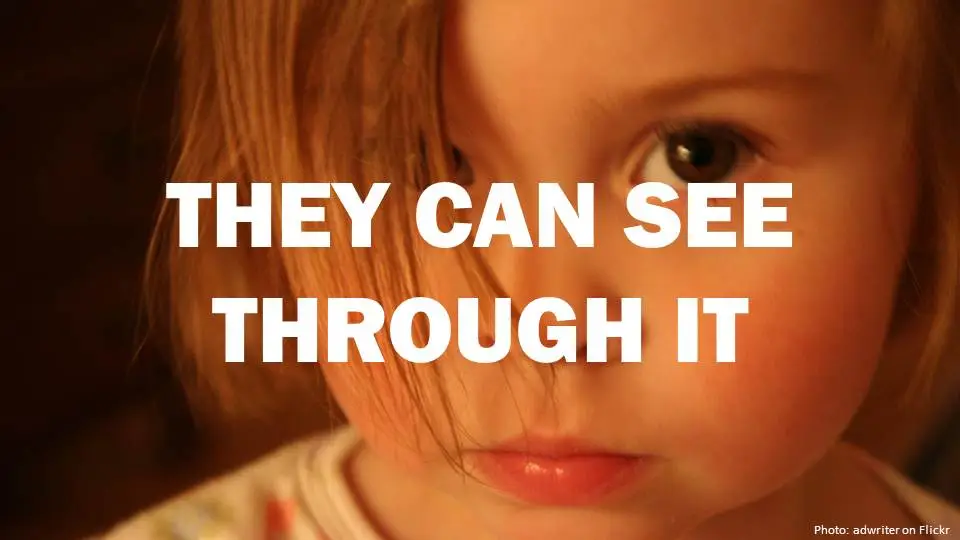
People are smart. They can see through an attempt to disguise something boring with ‘gamey’ techniques. If the activity itself is intrinsically boring, unrewarding, or frustrating, that sort of cherry-flavour veneer won’t help.
Instead, we need to focus on creating intrinsically rewarding experiences. People don’t play Halo because the game is boring but they like getting the badges. People play Halo because the game is awesome. The badges are an afterthought.
So what makes games intrinsically rewarding?
Want to make people run? Don’t give them a badge for running. Give them a ball and shove four sticks in the ground. They’ll run around the field chasing the ball (and each other) for ages. The experience is intrinsically challenging and amusing, and the running is a by-product. Games rely on dynamics like these and rules to generate the conditions for positive engagement.
These dynamics are all based on basic principles. Chief among these principles are Motivation, Feedback, and Challenge.
Life is ambiguous. Games are not. At every moment in a game, your goal, your motivation as a player is clear. When it changes, this is clearly marked. Your clarity of action is perfect, existential angst disappears. This is a rewardign state of being. Many other activities in life are frustrating because these conditions don’t apply, so there’s no way to know how you’re doing.
Which brings us to the second main principle.
People love dogs for a lot of reasons, but one of them is emotional transparency. Dogs have no guile. They’re obviously happy, or resentful, or frightened, or tired. In other words, they give clear feedback. But one of the frustrating things in work or a lot of activities is lack of clear feedback.
Are you doing well? Are you approaching your goals? Did the changes you just made to your way of working actually make a difference? A lot of the time, it’s surprisingly difficult and time-consuming to answer these questions.
In contrast, one of the reasons games are intrinsically rewarding is because your performance is always clear. Badges and achievements are one way of making this clear, but usually they’re a weaker, supplemental way. The best way of communicating clear feedback is if feedback is encoded directly into the game dynamics themselves – as in the score in football, or dying in Halo. Failure is an especially powerful feedback mode. Games are just experiences encoded so the failure has no cost outside the game.
Finally, a key principle of game design is Challenge. Games are intrinsically rewarding because challenge is always modulated to the skill level of the player. When you start playing a game, it’s easy because the challenges are basic. As you gain experience, the challenges become more difficult, keeping you at your optimal level of engagement and generating flow. In video games, the computer takes care of this. In the case of other games, the other players do – as long as they’re novices too, or good teachers.
So rather than facing people with a brick-wall level challenge right away, a well-designed game gives them a basic challenge first, and then . . .
Allows them to expand at their own pace.
So, interested in implementing some of these principles at your company? Hire a game designer.
Game design is an art in itself, and there is a lot written on the subject. If you want to reap these rewards, you need to bring in a specialist. (The two above are game designers Minkette and James Wallis, of Portland (OR) and London (UK), respectively.)
Games can use technical support, but they’re not about the technical support. This isn’t about the technology. It’s about experience.
Game designers craft intrinsically rewarding experiences. The badges are just frosting.
The badges in and of themselves are meaningless. They’re only of value in the context of an activity that is intrinsically rewarding enough to make people want to participate in it. When an activity is designed well enough to be intrinsically rewarding, you can start assigning extra rewards like badges. These rewards gain endogenous value – a value that truly exists only within the context of the game.
When it comes to the bigger picture, some people say there should be a points system for real life. Thing is . . .
A lot of things we do ALREADY happen in the context of an endogenous value system that only has meaning to other people playing the same game.
There wasn’t much time for questions or discussion at the session, but thanks everyone for listening and see you tomorrow!
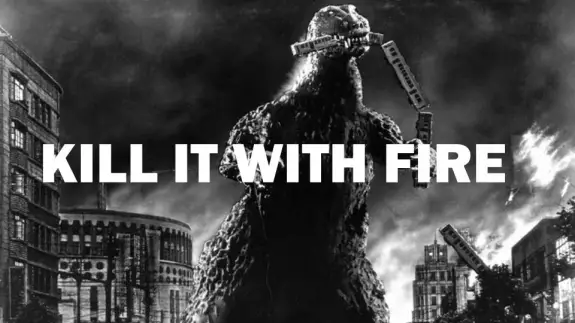

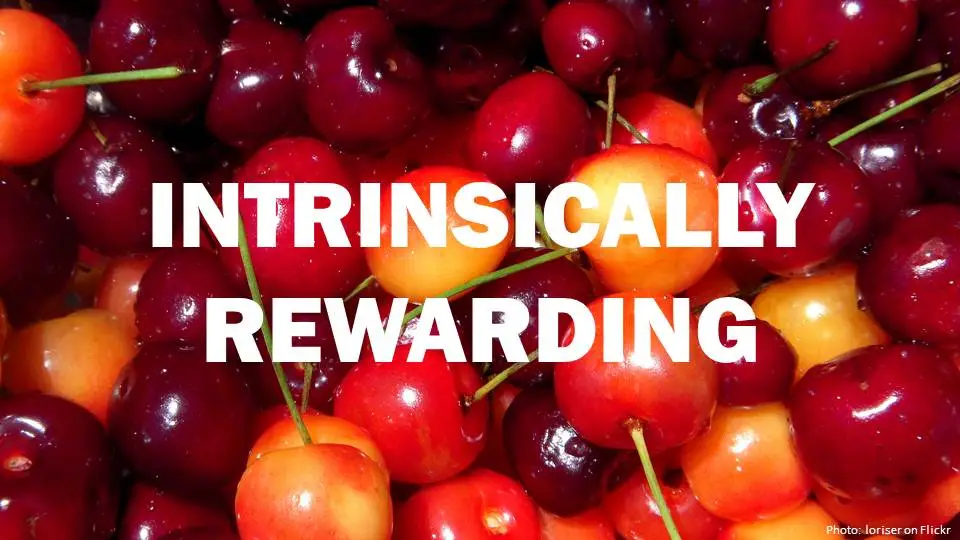

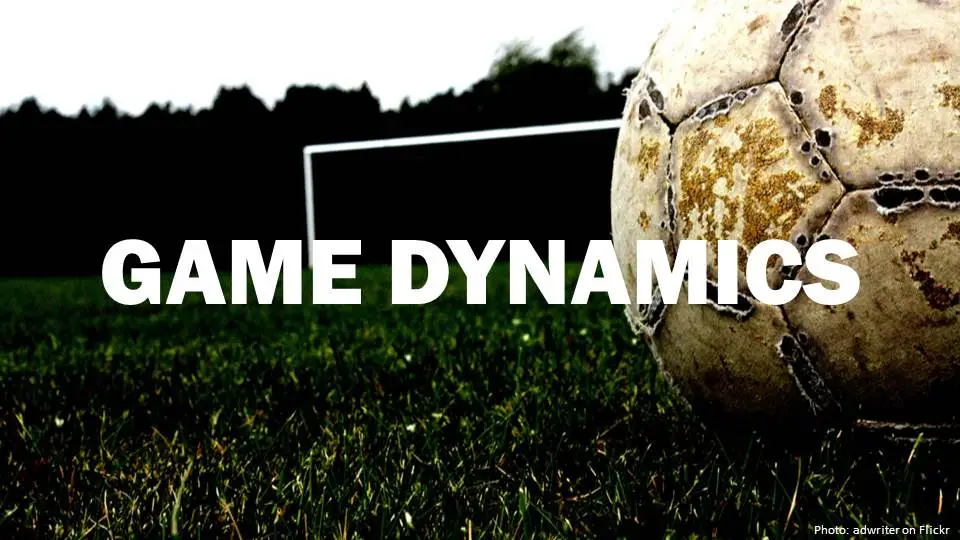
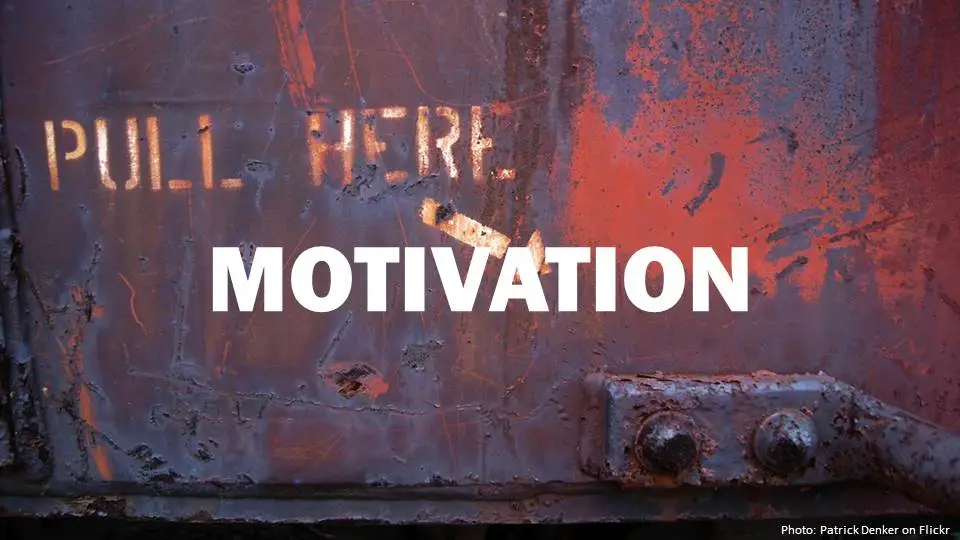
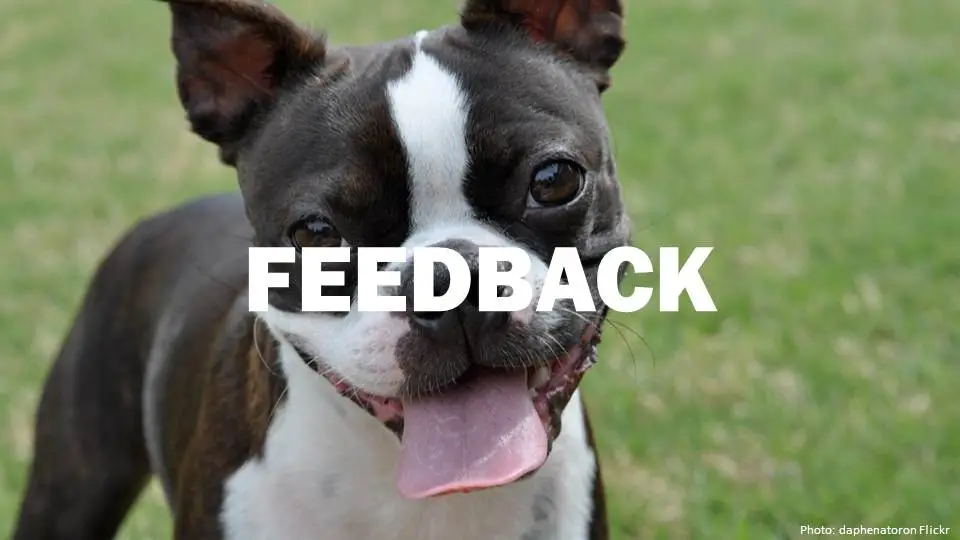
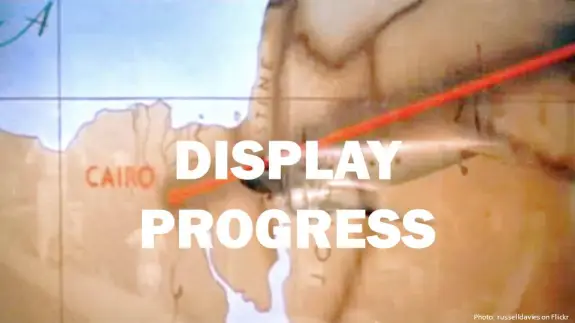
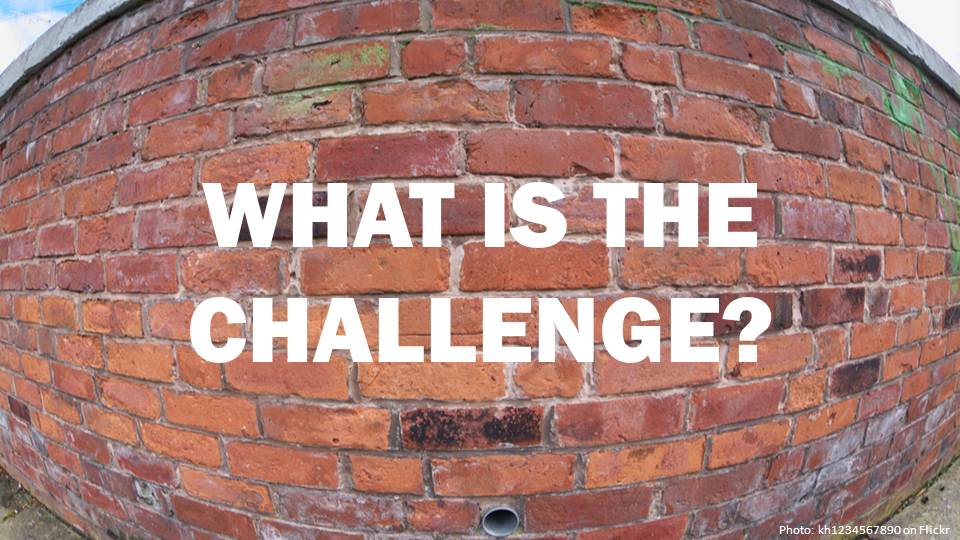
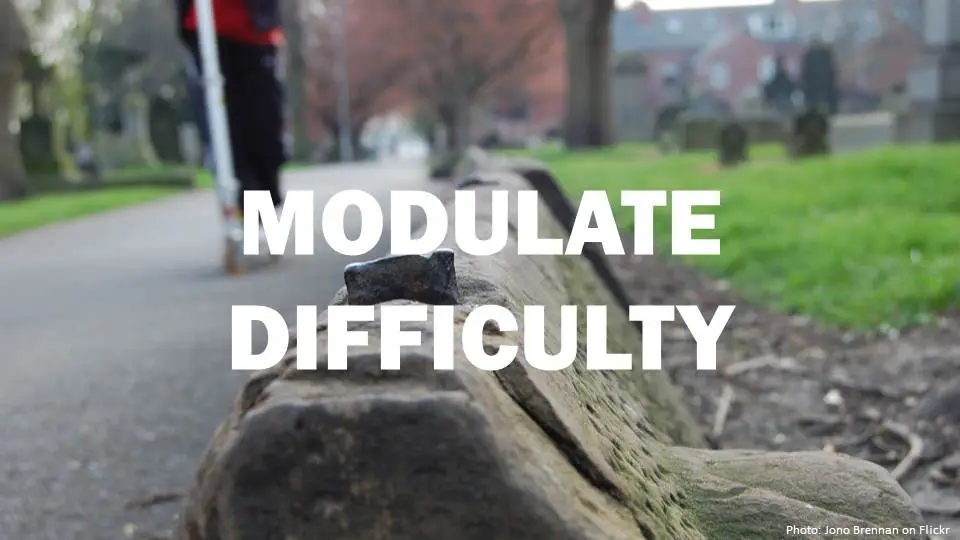
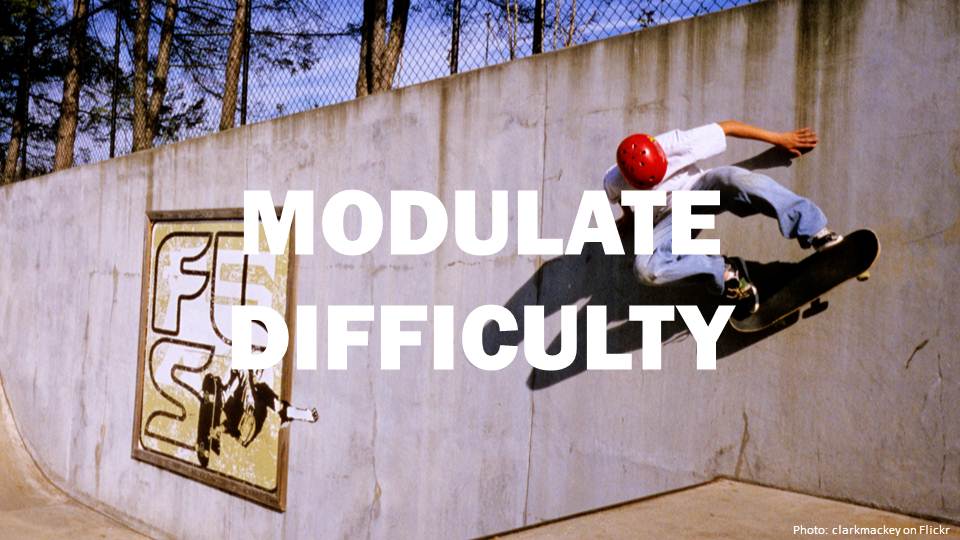

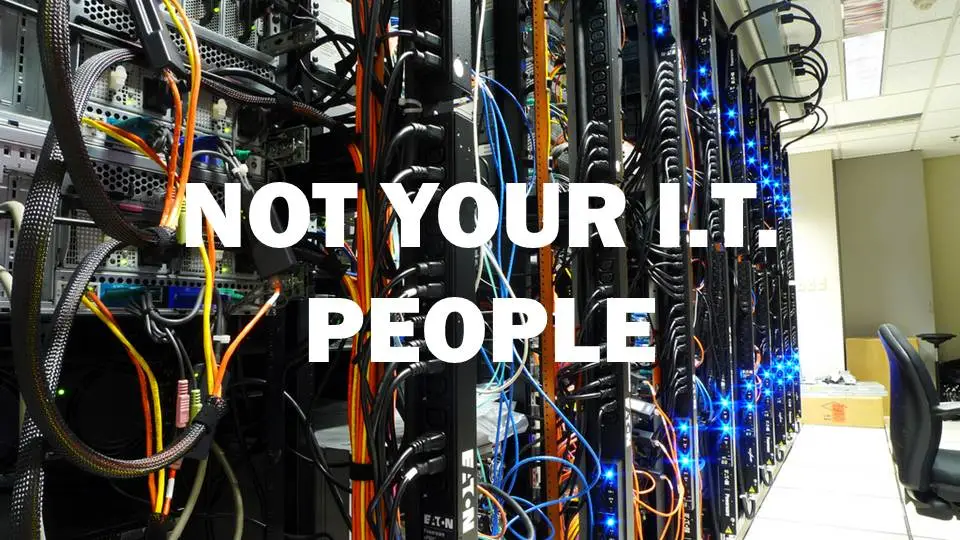
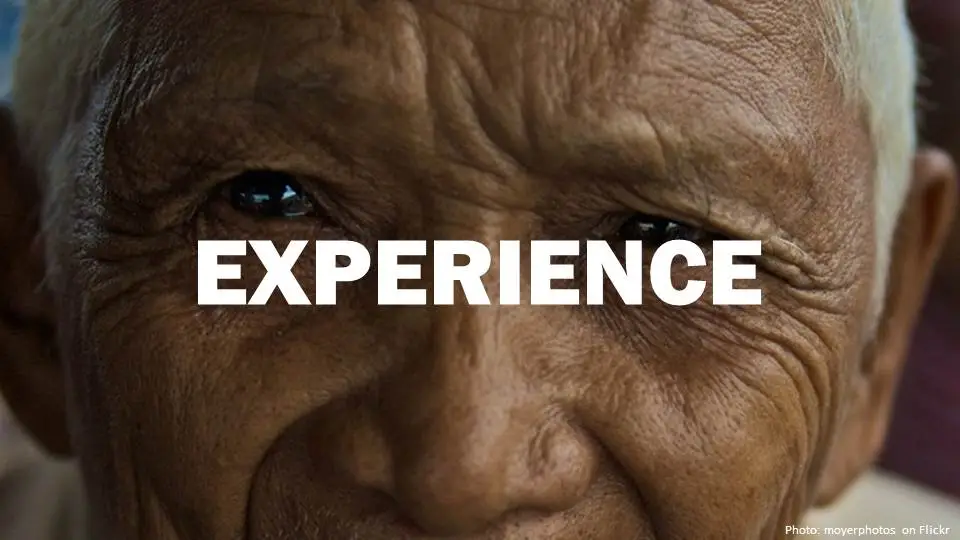
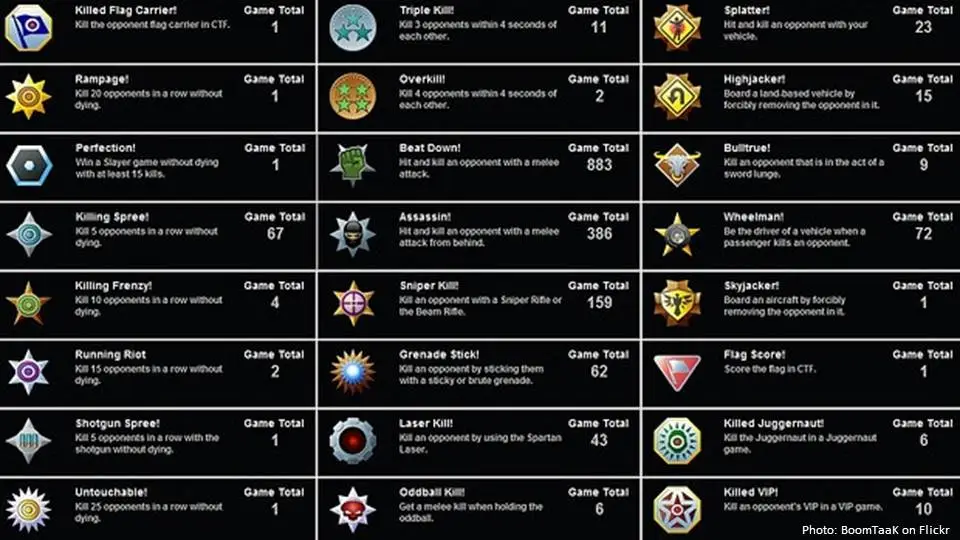



I don’t think gamification sucks, I think some people do it very poorly but the principle itself is a brilliant idea if only it is correctly implemented. And then, I totally agree with what you think are good principles for gamification. It’s indeed a complex science. But don’t blame the word, blame the people that misuse it. 🙂
good hypothesis, but can you prove it with an example?
Reblogged this on Engaginglab and commented:
He is so right. Even if I don’t agree with him that Gamification is just adding points and badges. That’s pointification or loyality programs 😉
Applying what he is providing to us as good game dynamics (Motivation, Feedback, Challenge) at the real-lif (activities with non-game-context), that is gamification.
I Believe that Philip does not think that Gamification means just adding points and badges, but that is clearly a very accurate state of the art on how gamification have been applied since the buzz word emerged.
This post is amazing.
This is a very good tip particularly to those fresh to the blogosphere.
Simple but very precise info… Appreciate your sharing this one.
A must read article!
gamification is just a feature, engagement is the benefit
Gamification does not suck nor the Game Dynamics rule…..Its just a thought of your own. Gamification is basically to entertain people and for creating traffic on your websites.It works i disagree from this article.
Reblogged this on Kerb Musings in Academia and Teamsports and commented:
Great blog post that gets at the gist of what I have been touting. Dynamics over badges